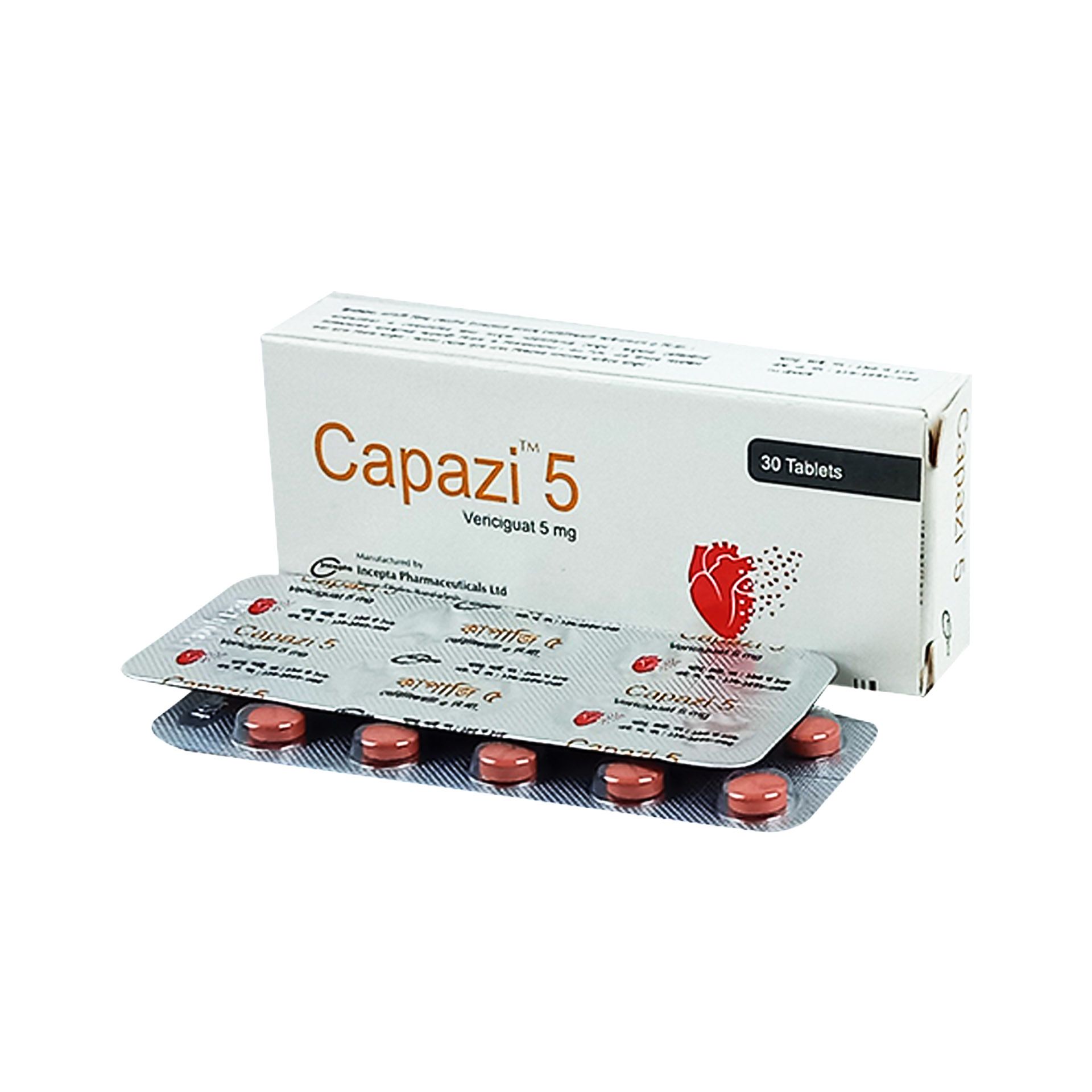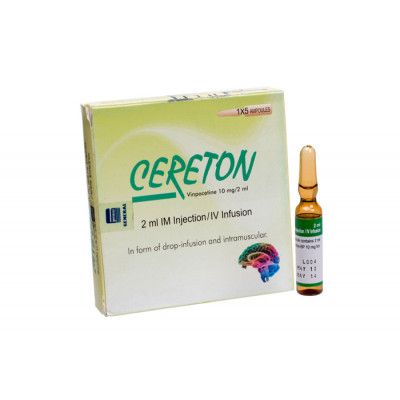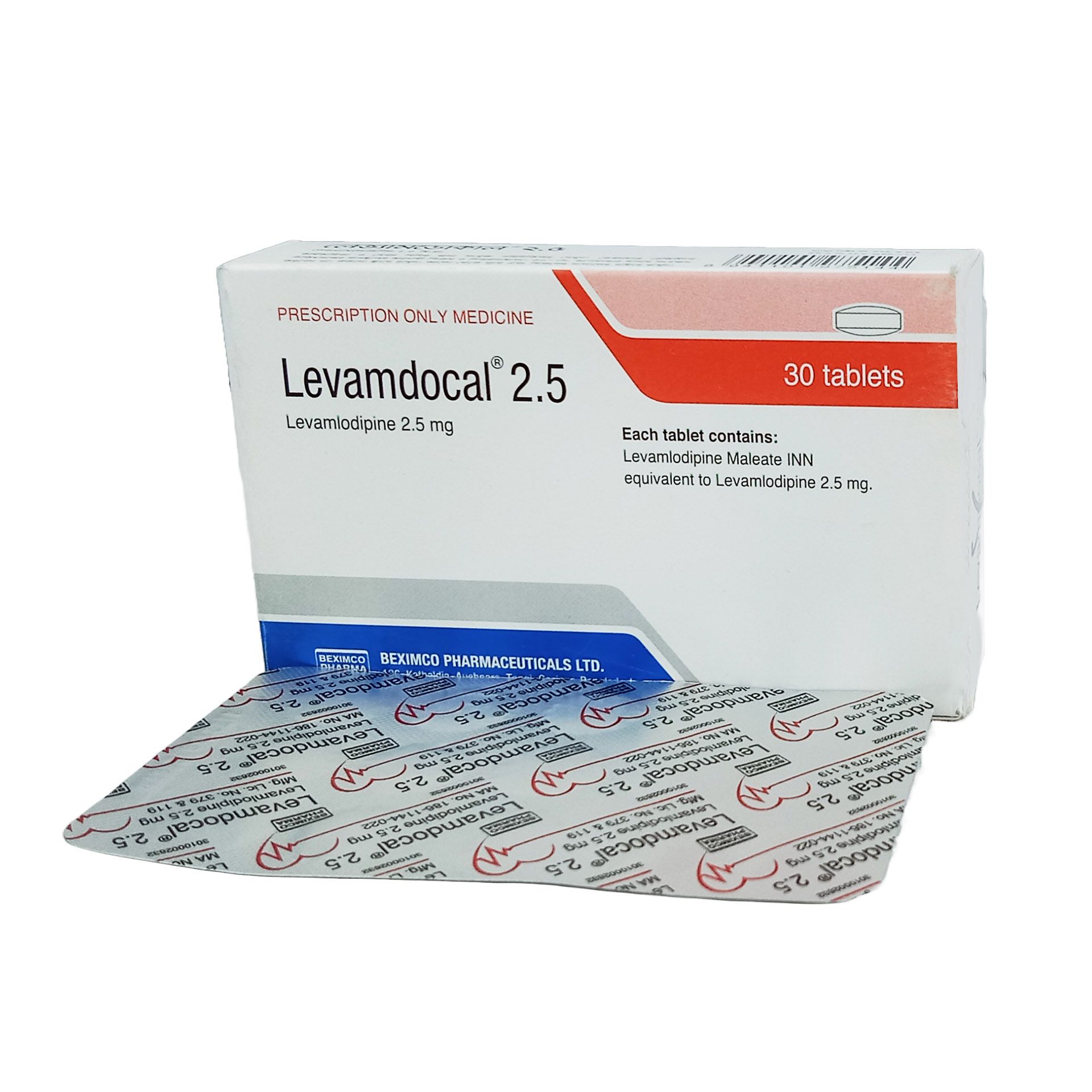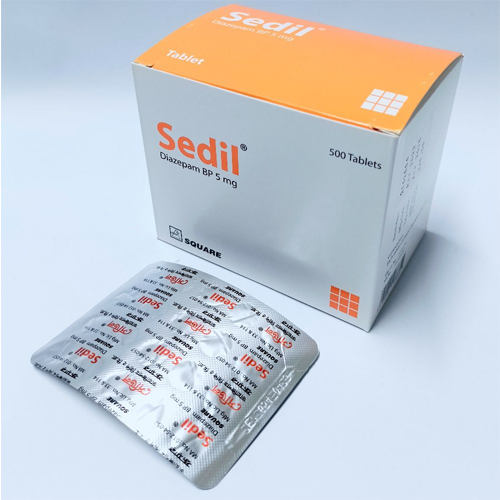



Rabix-VC Injection - (2.5IU/ml)
(0
reviews)
Sold by
Ashik Medical
Price
৳450.00
৳500.00
/pc
-10%
Club Point:
80
Refund
Not Applicable
Share
Top Selling Products
-
৳450.00
৳500.00 -
৳64.00
৳70.00 -
৳36.11
৳40.12 -
৳94.50
৳105.00 -
৳12.42
৳13.80
Reviews & Ratings
0
out of 5.0
(0
reviews)
There have been no reviews for this product yet.
Indication
Rabies vaccine is indicated for, prophylactic immunization against rabies, treatment of patients following suspected rabies contact.
Administration
To reconstitute the vaccine, transfer content of supplied diluent into the vial containing freeze-dried preparation. Do not shake. After reconstitution the solution should be homogeneous, clear and free from any particles. Vaccine must be injected immediately after reconstitution and the syringe should be destroyed after use. 1. Method of administration for intramuscular use The 1ml dose of Rabix-vc should be given intramuscularly in the deltoid in adults and in the anterolateral aspect of the thigh muscle in children under 1 year. It should not be injected into the gluteal region. Do not inject intravenously. 2. Method of administration for intradermal use The 0.1 ml dose of Rabix-vc (per site) should be administered intradermally in the upper arm, over the deltoid.
Adult Dose
Intramuscular Active immunisation against rabies Adult: 1 ml for adults: a) Pre-exposure immunization: 1 ml for children and adults. Primary-vaccination: According to the WHO recommendations 1 injection by the intramuscular route on days D0, D7, D21 or D28, followed by a booster dose one year later. Boosters: Thereafter, one injection every 5 years or when the titre is found to be less than 0.5 IU/ml b) Post-exposure immunization: Vaccination of non-immunized subjects: Intramuscular schedules: One intramuscular (IM) dose comprised of 1 ml. Standard intramuscular (1-1-1-1-1) regimen: Day 0: 1 injection of 1 ml, Day 3: 1 injection of 1 ml, Day 7: 1 injection of 1 ml, Day 14: 1 injection of 1 ml, Day 28: 1 injection of 1 ml. Intradermal schedules: One intradermal (ID) dose is comprised of 0.1 ml. Thai Red Cross (2-2-2-0-1-1) schedule: Day 0: 2 injections each of 0.1 ml at separate sites, Day 3: 2 injections each of 0.1 ml at separate sites, Day 7: 2 injections each of 0.1 ml at separate sites, Day 28: 1 injection of 0.1 ml, Day 90: 1 injection of 0.1 ml (optional). Or, WHO Modified Thai Red Cross (2-2-2-0-2) schedule: Day 0: 2 injections each of 0.1 ml at separate sites, Day 3: 2 injections each of 0.1 ml at separate sites, Day 7: 2 injections each of 0.1 ml at separate sites, Day 28: 2 injections each of 0.1 ml at separate sites. In case of severe (WHO category 3) wounds, rabies immunoglobulin should be administered as soon as possible with the first dose of rabies vaccine. The anti-rabies immunoglobulin should be used as local wound soakage injections as much as possible, with the rest part for muscle injection. The rabies vaccine should be administered in different injection site. Vaccination of immunized subjects: If vaccine administered in less than 5 years of exposure (cell culture rabies vaccine): 2 injections one on each of D0, D3. If vaccine administered in more than 5 years of exposure or incomplete vaccination: 5 injections on D0, D3, D7, D14 and D28 with administration of immunoglobulin if required. Post-exposure vaccination must be administered on the basis of severity under medical supervision. WHO guidelines on post-exposure treatment depending on wound severity
Child Dose
Intramuscular Child: 1 ml for children: a) Pre-exposure immunization: 1 ml for children and adults. Primary-vaccination: According to the WHO recommendations 1 injection by the intramuscular route on days D0, D7, D21 or D28, followed by a booster dose one year later. Boosters: Thereafter, one injection every 5 years or when the titre is found to be less than 0.5 IU/ml b) Post-exposure immunization: Vaccination of non-immunized subjects: Intramuscular schedules: One intramuscular (IM) dose comprised of 1 ml. Standard intramuscular (1-1-1-1-1) regimen: Day 0: 1 injection of 1 ml, Day 3: 1 injection of 1 ml, Day 7: 1 injection of 1 ml, Day 14: 1 injection of 1 ml, Day 28: 1 injection of 1 ml. Intradermal schedules: One intradermal (ID) dose is comprised of 0.1 ml. Thai Red Cross (2-2-2-0-1-1) schedule: Day 0: 2 injections each of 0.1 ml at separate sites, Day 3: 2 injections each of 0.1 ml at separate sites, Day 7: 2 injections each of 0.1 ml at separate sites, Day 28: 1 injection of 0.1 ml, Day 90: 1 injection of 0.1 ml (optional). Or, WHO Modified Thai Red Cross (2-2-2-0-2) schedule: Day 0: 2 injections each of 0.1 ml at separate sites, Day 3: 2 injections each of 0.1 ml at separate sites, Day 7: 2 injections each of 0.1 ml at separate sites, Day 28: 2 injections each of 0.1 ml at separate sites. In case of severe (WHO category 3) wounds, rabies immunoglobulin should be administered as soon as possible with the first dose of rabies vaccine. The anti-rabies immunoglobulin should be used as local wound soakage injections as much as possible, with the rest part for muscle injection. The rabies vaccine should be administered in different injection site. Vaccination of immunized subjects: If vaccine administered in less than 5 years of exposure (cell culture rabies vaccine): 2 injections one on each of D0, D3. If vaccine administered in more than 5 years of exposure or incomplete vaccination: 5 injections on D0, D3, D7, D14 and D28 with administration of immunoglobulin if required. Post-exposure vaccination must be administered on the basis of severity under medical supervision. WHO guidelines on post-exposure treatment depending on wound severity
Contraindication
Pre-exposure Severe fever, febrile infection, acute disease, progressive chronic diseases. Known hypersensitivity reactions to rabies vaccine or any of its components. Post-exposure No contraindication to post-exposure treatment, because rabies is lethal disease, any contraindication to exposure, treatment should be considered carefully before disqualifying an individual for anti-rabies treatment.
Mode of Action
Rabies vaccine is an inactivated virus vaccine that is used for active immunisation against rabies. It can be used for pre- and post-exposure immunisation. For post-exposure immunisation, it is often used in conjunction with rabies immunoglobulins as it takes about 7-10 days for the specific antibodies to develop.
Precaution
Possibility of immune complex reaction 2-21 days after booster doses of HDCV (Human diploid cell cultures rabies vaccine); symptoms include arthralgia, arthritis, nausea, malaise, angioedema, fever and vomiting. Caution when used in patients with bleeding disorders, patients on anticoagulant treatment, severely immunocompromised patients. Not to be used in patients with confirmed diagnosis of rabies. Postexposure prophylaxis may be started regardless of the length of time from likely exposure, as long as clinical signs of rabies infection are not present. Pregnancy: The potential risk of administration of rabies vaccine during pregnancy is unknown. Due to the severity of the disease, pregnancy is not considered to be a contra-indication to post-exposure prophylaxis. Lactation: if exposure to rabies suspected, nursing a baby is not a priority as far as immunization is concerned
Side Effect
>10% Injection site pain, soreness, swelling, erythema, itching, burning (30-74%),N/V (5-40%),Abdominal pain (5-40%),Diarrhea (5-40%),Headache (5-40%),Fatigue (5-40%),Localized enlarged lymph nodes sore throat (5-40%),Low grade fever (5-40%),Chills (5-40%),Muscle ache (5-40%),Dizziness (5-40%),Malaise (5-40%)
Pregnancy Category Note
Due to the severity of the disease, pregnancy is not considered to be a contra-indication to post-exposure prophylaxis.
Interaction
Concurrent use with immunosuppressants may reduce the efficacy of vaccines.
Frequently Bought Products
Product Queries (0)
Login Or Registerto submit your questions to seller
Other Questions
No none asked to seller yet
Top Selling Products
-
৳450.00
৳500.00 -
৳64.00
৳70.00 -
৳36.11
৳40.12 -
৳94.50
৳105.00 -
৳12.42
৳13.80








